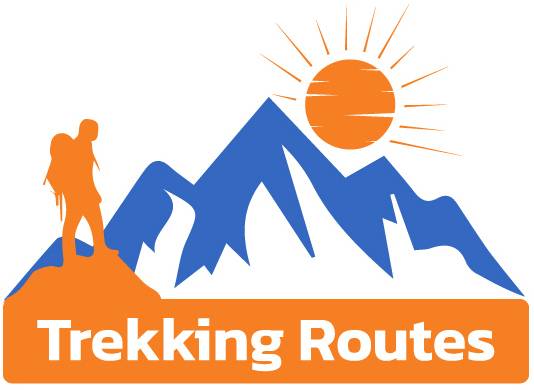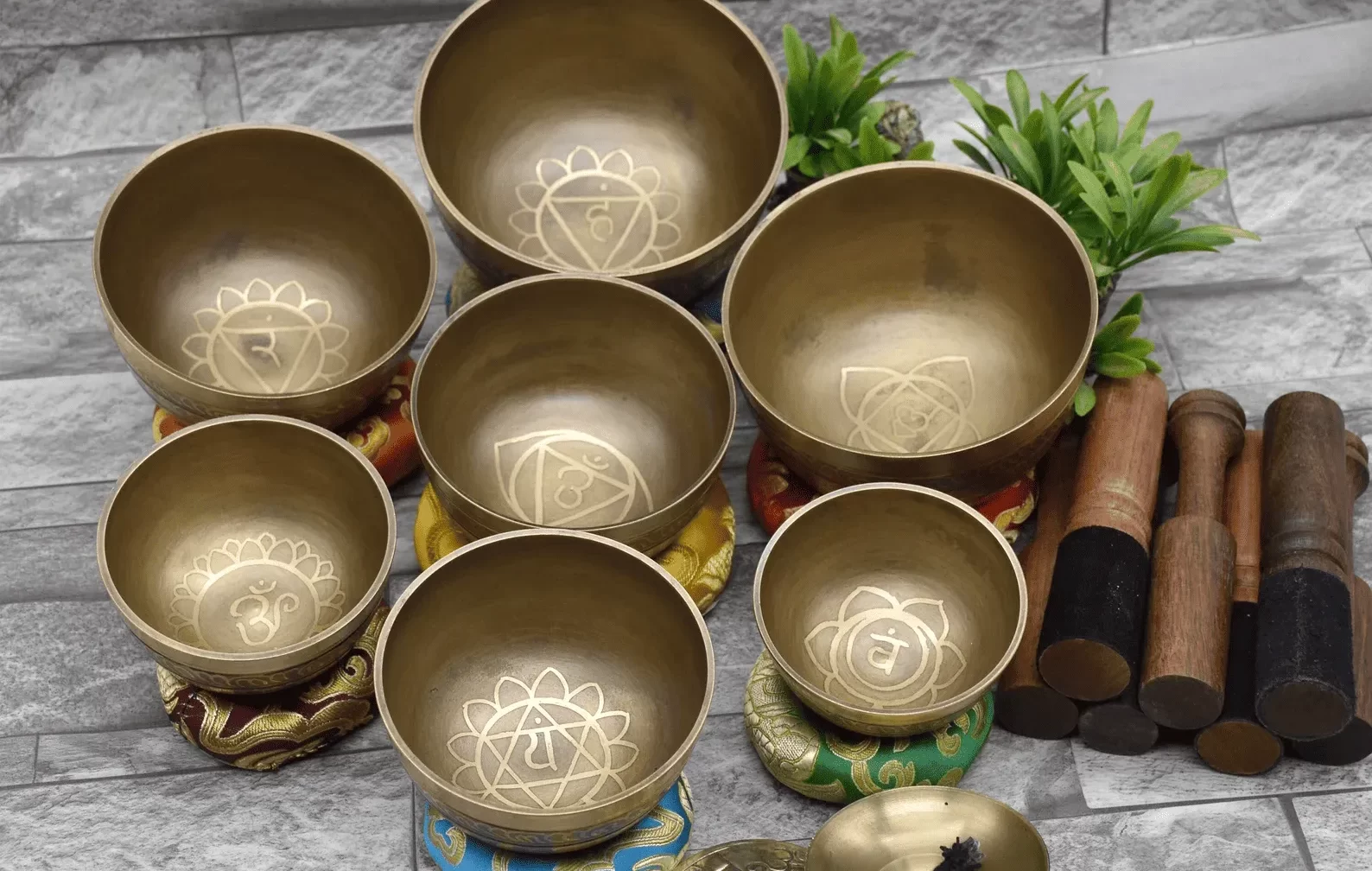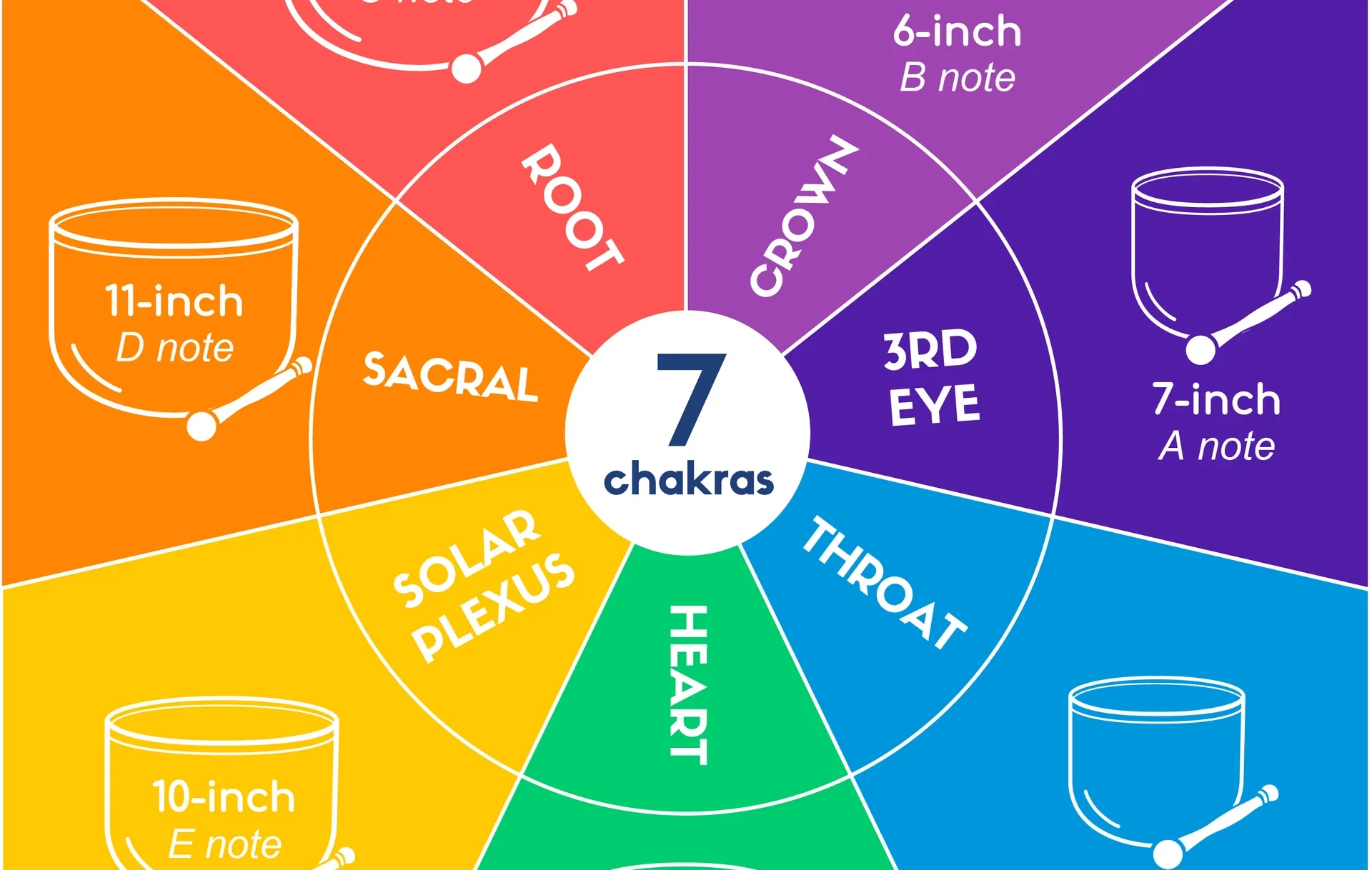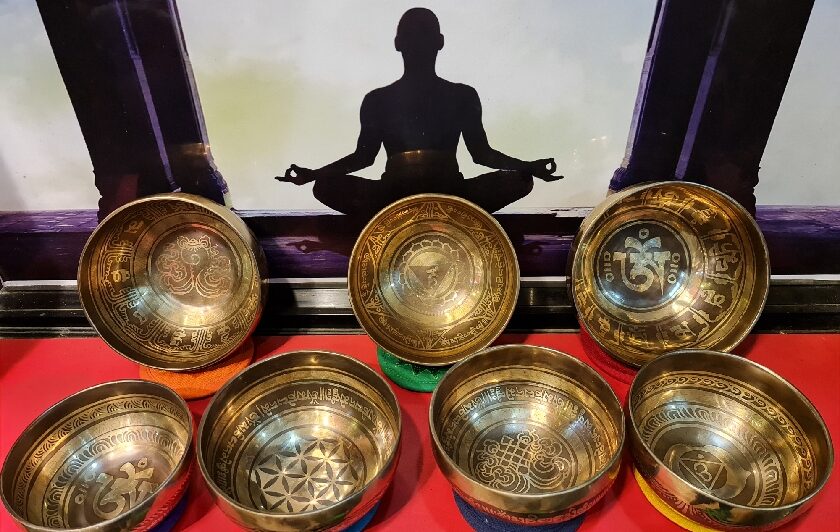Trekking areas in Nepal offer some of the world’s most breathtaking landscapes and thrilling adventures. From the towering peaks of the Himalayas to serene alpine lakes and lush green valleys, Nepal is a paradise for trekkers and nature lovers. This Himalayan nation is home to eight of the world’s ten highest mountains, including Mount Everest, attracting adventurers seeking both challenge and beauty.
What makes Nepal truly special is its rich cultural heritage intertwined with its natural wonders. Trekking here isn’t just about breathtaking views—it’s also a journey through ancient monasteries, traditional villages, and warm, welcoming communities. Whether walking through rhododendron forests in Annapurna, crossing high-altitude passes in Everest, or exploring the mystical deserts of Upper Mustang, each trail offers a unique experience.
In this blog, we will explore some of the best trekking areas in Nepal, highlighting their distinct features and must-visit trails. Whether you’re an experienced trekker looking for a challenge or a beginner seeking a scenic adventure, Nepal has a perfect route for you. Get ready to discover why this country remains a top trekking destination for outdoor enthusiasts worldwide.
Why Nepal is Ideal for Nature Lovers
Trekking areas in Nepal are a dream come true for nature lovers, offering an incredible variety of landscapes that change with altitude. From the dense subtropical jungles of the Terai to the vast alpine meadows and snow-covered peaks of the Himalayas, Nepal’s diverse ecosystems make it a truly unique trekking destination. As trekkers ascend, they experience shifting terrains—lush forests filled with towering rhododendrons, terraced farmlands, glacial valleys, and high-altitude deserts that resemble a different world altogether.
One of the main reasons Nepal attracts nature enthusiasts is its breathtaking scenery. The country is home to eight of the world’s ten highest peaks, including Mount Everest, providing awe-inspiring views at every turn. Towering mountains contrast beautifully with rolling green hills, meandering rivers, and cascading waterfalls. Sunrises over the Himalayas, where the snow-capped peaks glow in golden hues, create unforgettable moments for trekkers.
Nepal’s rich biodiversity further enhances its appeal. The country boasts numerous protected areas, such as Sagarmatha and Annapurna National Parks, which harbor rare wildlife like snow leopards, red pandas, and Himalayan monals. With its unique blend of natural wonders, Nepal remains a haven for those who seek adventure and tranquility in the great outdoors.
Top Trekking Areas in Nepal
Everest Region (Sagarmatha National Park)
Trekking areas in Nepal are renowned worldwide, and none are more iconic than the Everest region, home to Mount Everest, the highest peak on Earth at 8,848 meters. Located within Sagarmatha National Park, this region offers some of the most legendary trekking routes, drawing adventurers eager to witness the grandeur of the Himalayas. Among the most popular trails is the Everest Base Camp (EBC) Trek, which takes trekkers through stunning landscapes, leading to the base of the world’s tallest mountain. For those seeking even more breathtaking scenery, the Gokyo Lakes Trek offers pristine glacial lakes and panoramic views, while the Three Passes Trek challenges even the most seasoned hikers with high-altitude crossings and unparalleled vistas.
Beyond its natural beauty, the Everest region is a cultural treasure trove. The trails wind through traditional Sherpa villages, where trekkers can experience the warm hospitality of this legendary mountaineering community. Ancient Buddhist monasteries, such as the famous Tengboche Monastery, add a spiritual essence to the journey. The trek also offers a close-up view of the Khumbu Glacier, a massive icefall that serves as a gateway to Everest. With its mix of adventure, culture, and breathtaking scenery, the Everest region remains a must-visit destination for trekkers worldwide.
Annapurna Region
Trekking areas in Nepal are diverse and breathtaking, and the Annapurna region stands out as one of the most popular trekking destinations. Home to some of Nepal’s most scenic trails, the region offers a variety of routes suited for all trekking levels. The Annapurna Circuit Trek is a classic adventure, taking trekkers through diverse landscapes, from lush subtropical forests to the arid, high-altitude terrain of the Thorong La Pass. The Annapurna Base Camp (ABC) Trek leads deep into the heart of the Annapurna massif, offering panoramic views of towering peaks. For those looking for a shorter and less strenuous option, the Poon Hill Trek is famous for its stunning sunrise views over the Himalayas.
What makes the Annapurna region unique is its incredible geographical diversity. Trekkers begin their journey in warm, green valleys filled with rice terraces and rhododendron forests, gradually ascending into alpine meadows and finally reaching snow-covered peaks above 8,000 meters. This constant change in scenery makes the trek both exciting and rewarding.
The Annapurna region is also known for its accessibility, making it ideal for both beginners and seasoned trekkers. With well-established trails, cozy tea houses, and breathtaking views at every step, this region remains a top choice for trekking in Nepal.
Langtang Valley and Helambu Region
Trekking areas in Nepal offer a variety of landscapes, and the Langtang Valley and Helambu Region is one of the most accessible and scenic destinations. Located just a few days’ trek from Kathmandu, it’s the closest major trekking area to the capital, making it an ideal choice for those with limited time. The region is known for its stunning rhododendron forests, crystal-clear glacial rivers, and picturesque Tamang villages, where trekkers can immerse themselves in the culture of the local people.
One of the main attractions of this area is Langtang National Park, a protected area that showcases the region’s incredible biodiversity, with wildlife such as red pandas, Himalayan tahr, and snow leopards. The Langtang Valley itself is a beautiful setting, surrounded by towering peaks, and offers a peaceful alternative to the busier trekking routes in Nepal.
Another highlight of the region is Gosainkunda Lake, a sacred alpine lake nestled in the Langtang Himal, which attracts trekkers and pilgrims alike. The trek to Gosainkunda is particularly popular for those seeking a more spiritual experience. With its combination of natural beauty, cultural richness, and proximity to Kathmandu, the Langtang Valley and Helambu Region remains a favorite among trekkers looking for an unforgettable adventure in Nepal.
Mustang Region
Trekking areas in Nepal are known for their diversity, and the Mustang Region offers a truly unique experience. Often referred to as the “Forbidden Kingdom,” Mustang’s landscapes resemble a high-altitude desert, with barren hills, rock formations, and deep gorges, creating a stark contrast to the lush greenery found in other regions. The area’s Tibetan Buddhist culture is deeply rooted, with the ancient kingdom of Lo Manthang at its heart, where traditions and customs have remained unchanged for centuries.
The Mustang Region is famous for its historical and cultural significance. Highlights of the trek include the majestic Lo Manthang, a walled city filled with ancient palaces, monasteries, and Tibetan-style houses. Trekkers can also explore cave dwellings carved into the cliffs, some believed to date back over 2,000 years.
Trekking options in Mustang include both Upper Mustang and Lower Mustang. While Lower Mustang is more accessible and open to all, Upper Mustang is a restricted area requiring special permits, offering a more secluded and authentic experience. Upper Mustang’s remote villages and spectacular scenery provide an incredible adventure for those looking for a truly off-the-beaten-path trek. With its unique landscapes, rich culture, and spiritual significance, the Mustang Region remains a must-visit for those seeking something extraordinary in Nepal.
Manaslu Region
Trekking areas in Nepal offer a wide range of experiences, and the Manaslu Region stands out as one of the most remote and less crowded destinations. While the more popular routes like Everest and Annapurna attract large numbers of trekkers, the Manaslu region provides a more tranquil and unspoiled experience. Nestled around Mount Manaslu, the eighth-highest peak in the world, this area offers spectacular mountain views and a unique sense of adventure for those willing to venture into its rugged terrain.
The trek through the Manaslu region is known for its incredible biodiversity, with lush forests, waterfalls, and alpine meadows home to a variety of wildlife, including snow leopards and Himalayan tahr. One of the highlights of this trek is the challenging Larkya La Pass, which stands at 5,160 meters and offers panoramic views of surrounding peaks, including Manaslu, Himlung, and Annapurna.
Another key feature of the Manaslu trek is the opportunity to visit traditional Tibetan-style villages, where trekkers can immerse themselves in the local culture and lifestyle. With fewer trekkers and a more isolated atmosphere, the Manaslu Region offers a truly authentic and peaceful trekking experience, making it a perfect destination for those seeking solitude amidst breathtaking natural beauty.
Dolpo Region
Trekking areas in Nepal are filled with diverse landscapes, and the Dolpo Region offers one of the most remote and rugged trekking experiences. Known for its cultural isolation, Dolpo has remained largely untouched by modern development, making it an ideal destination for those seeking a true wilderness experience. The region is located in the far western part of Nepal, where the terrain is characterized by high-altitude deserts, deep valleys, and steep, rocky cliffs.
One of the key highlights of the Dolpo Region is Shey Phoksundo National Park, a protected area that is home to unique flora and fauna. The park also features the stunning Phoksundo Lake, a turquoise gem nestled amidst dramatic mountain scenery, surrounded by towering cliffs and ancient monasteries. This sacred lake is a central feature of the Dolpo trek, offering trekkers a sense of peace and serenity that is hard to find elsewhere.
Trekking in Dolpo is an adventure through untamed landscapes and traditional Tibetan culture, with villages that have remained virtually unchanged for centuries. The trek challenges adventurers with its remote nature and rugged terrain, making it a perfect choice for those looking for a more authentic and solitary trekking experience. The Dolpo Region remains a hidden gem, offering a truly unparalleled journey through Nepal’s wilderness.
Kanchenjunga Region
Trekking areas in Nepal provide incredible diversity, and the Kanchenjunga Region stands out as a remote and pristine destination for those seeking a more tranquil adventure. This region is home to Kanchenjunga, the third-highest mountain in the world, and offers trekkers the unique opportunity to journey to the base of this mighty peak. The trek to Kanchenjunga Base Camp is a true expedition, taking adventurers through rugged trails, remote villages, and breathtaking landscapes.
The Kanchenjunga region is renowned for its pristine wilderness, with unspoiled forests, alpine meadows, and dramatic mountain views. This area is less traversed than other popular trekking routes, making it a haven for trekkers seeking solitude and a deeper connection to nature. Along the trail, trekkers encounter diverse ethnic communities, including the Limbu, Rai, and Sherpa people, each with their own unique culture and traditions.
For those looking for an adventure away from the crowds, the Kanchenjunga Region is ideal. The trek is challenging, but the rewards are immense, offering not only the chance to witness some of the most stunning landscapes in Nepal but also the opportunity to explore untouched valleys and interact with local communities in a way few other regions can offer. This hidden gem is perfect for those seeking both adventure and serenity.
Best Time to Visit These Trekking Areas
The best time to visit trekking areas in Nepal largely depends on the weather and the type of trekking experience you’re seeking. Two seasons are particularly ideal for most trekking routes: Spring (March to May) and Autumn (September to November).
Spring is a fantastic time for trekking, as the weather is moderate, and the landscapes come alive with vibrant colors. Rhododendron forests bloom in full splendor, and the temperatures are generally comfortable, making it perfect for those looking to explore the trails in pleasant conditions. The moderate climate also allows trekkers to enjoy the diverse beauty of Nepal, from lush valleys to high-altitude meadows.
Autumn is another highly recommended season, offering clear skies and panoramic mountain views. The weather is crisp and stable, providing ideal conditions for trekking in Everest, Annapurna, and other regions. The stunning visibility of the snow-capped peaks during this time makes it a photographer’s paradise.
For adventurous travelers seeking a more challenging experience, trekking during the winter (December to February) or monsoon season (June to August) is possible but less ideal. Winter brings freezing temperatures at higher altitudes, while the monsoon season can lead to muddy trails and frequent rainfall. However, these off-season treks offer fewer crowds and a sense of solitude for those willing to brave the elements.
Tips for Nature Lovers Exploring Nepal
When exploring trekking areas in Nepal, it’s essential to choose the right route based on your preferences, whether that’s difficulty, duration, or the type of scenery you wish to experience. For beginners or those looking for shorter treks, regions like Annapurna or Langtang offer moderate routes with stunning landscapes. More experienced trekkers may opt for challenging routes like Everest Base Camp or the remote Manaslu region. Consider the duration of your trek as well; shorter treks like Poon Hill take around 5-7 days, while longer expeditions such as the Annapurna Circuit or Upper Mustang may take up to 14 days or more.
Respecting local culture and the environment is crucial during your trek. Follow the Leave No Trace principles to minimize your environmental impact by avoiding littering and preserving the pristine beauty of the areas you visit. Be mindful of local customs, dress modestly, and ask permission before taking photographs of people.
Altitude sickness is a real concern in high-altitude treks, so preparation is key. Acclimatize properly, drink plenty of water, and take your time to prevent altitude-related issues. When trekking in remote regions, always carry a first-aid kit, stay with a guide, and ensure you have reliable communication methods for safety. With these tips in mind, you’ll enjoy a memorable and responsible adventure in Nepal.
Conclusion
Nepal truly is a paradise for nature lovers and trekkers, offering a wealth of diverse landscapes, from the towering peaks of the Himalayas to lush valleys, alpine lakes, and remote villages. Whether you’re trekking to the base of Mount Everest, exploring the vibrant forests of Annapurna, or immersing yourself in the rich culture of Mustang, Nepal’s trekking areas provide an adventure like no other. With its breathtaking scenery, cultural richness, and welcoming communities, Nepal remains a top destination for anyone seeking to connect with nature and experience the thrill of the mountains.
If you’ve ever dreamed of embarking on a trekking adventure, Nepal should be at the top of your list. The country’s diverse routes cater to all levels of experience, from beginners to seasoned trekkers, ensuring that everyone can enjoy the magic of this Himalayan paradise. Whether you’re seeking an easy trek or a challenging high-altitude expedition, Nepal has something special for you.
Plan your trek with Trekking Routes to experience the best of Nepal’s natural wonders. Let us guide you through the stunning landscapes, pristine wilderness, and unique cultural experiences that make trekking in Nepal a once-in-a-lifetime journey. Start your adventure today and discover why Nepal is the ultimate trekking destination!







0 Comments